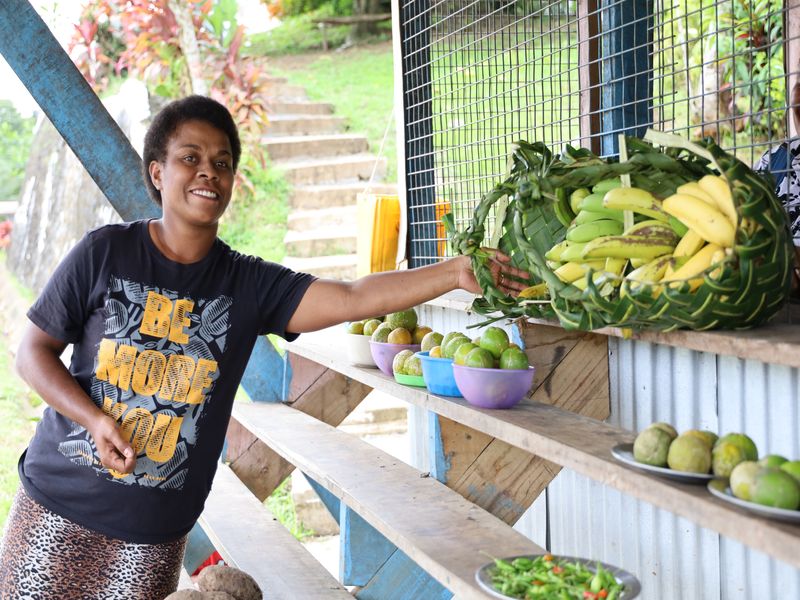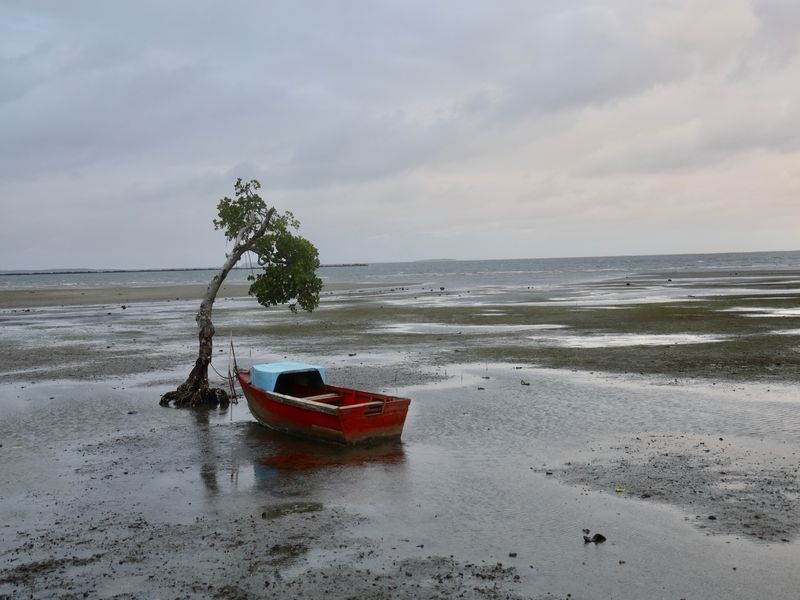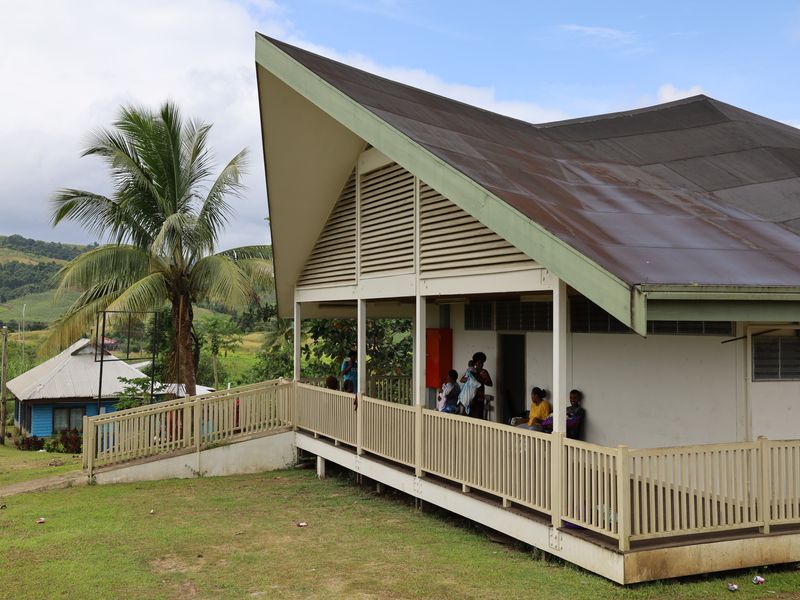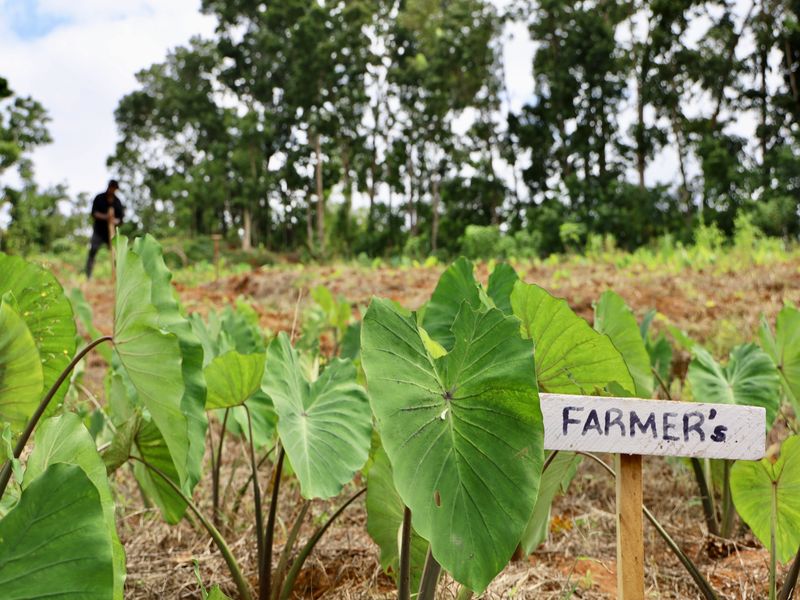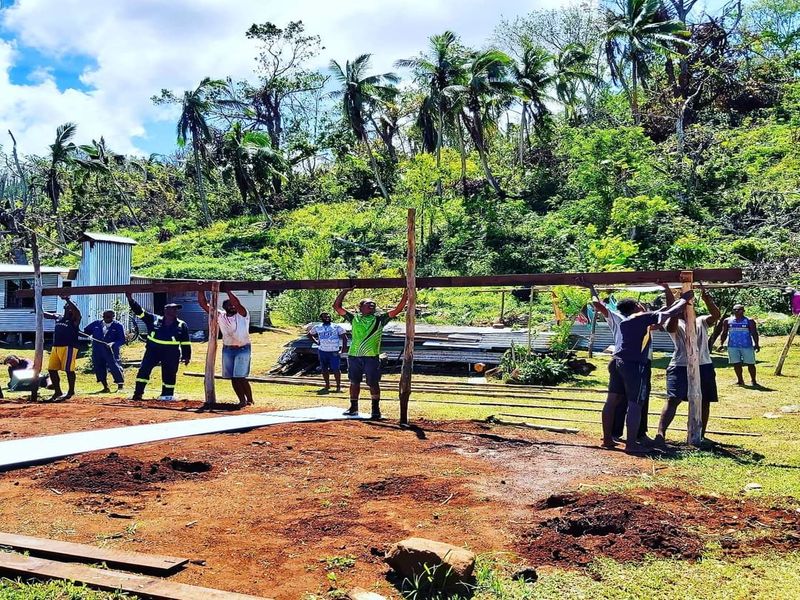About Disaster Risk Financing
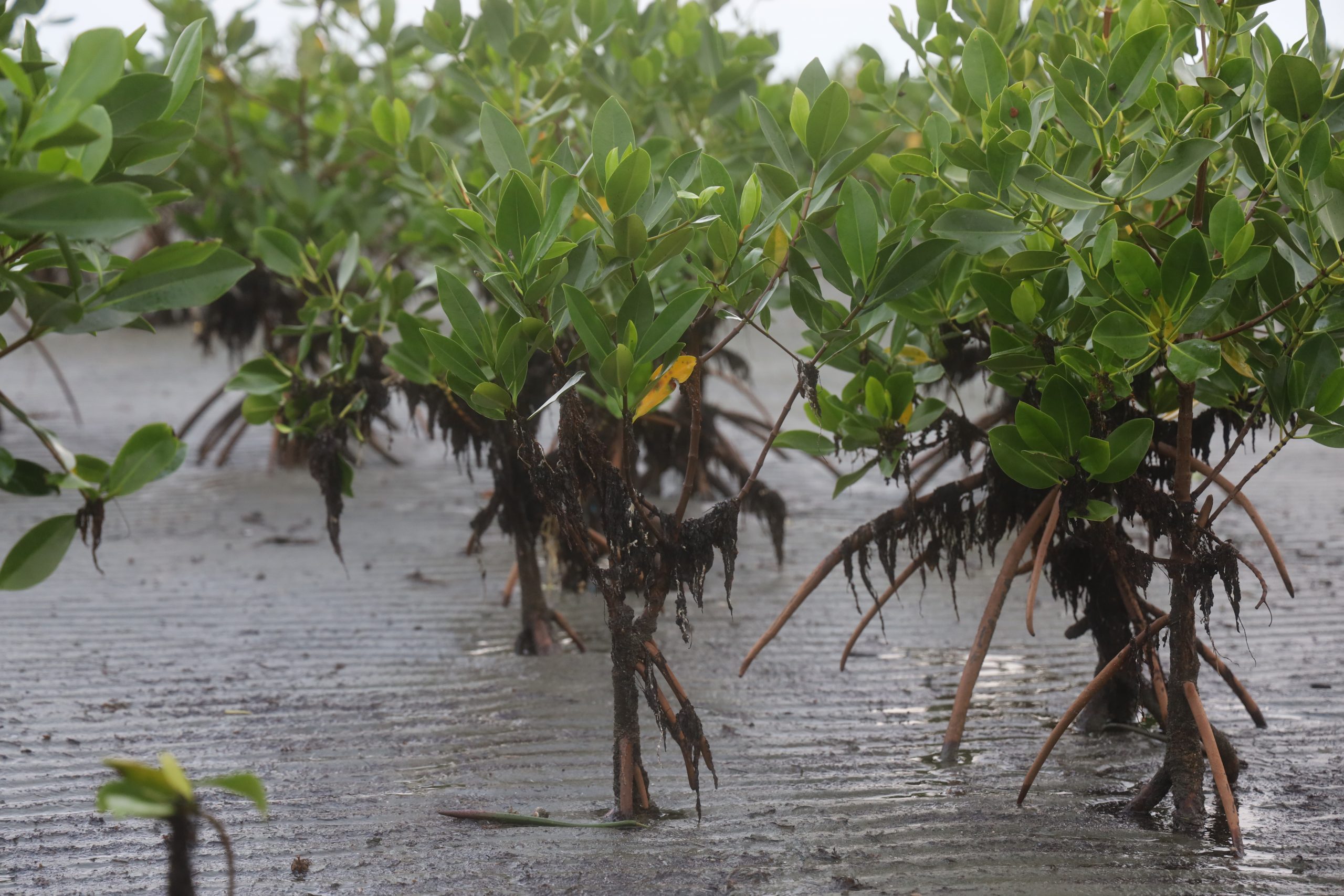
Disaster Risk Financing in the Pacific
PICs and territories are significantly vulnerable to the adverse impacts of climate change-related and geological hazards. In the recent months, the Pacific region has been affected by tropical cyclones, flooding, volcanic eruption, tsunami. Additionally, COVID-19 has significantly rolled back development gains of PICs and has further increased the existing finance gap that PICs need to build a resilient development pathway. Most PICs still struggle to provide adequate finance coverage to protect economies when disasters strike.Pacific leaders have shown through the adoption of the Framework for Resilient Development in the Pacific, a strong commitment to the integration of climate and disaster risks into government decision making and financial planning. Through the FRDP, Forum members are committed to enhance collaboration around regional risk management. Ongoing political commitment and ‘regionalism’ will be increasingly required to develop policy needed to leverage additional resources and ‘risk pooling’ may be the most sustainable way to develop risk financing mechanisms that are fit for purpose and ‘needs based
To cushion the impacts of disasters, PICs are being pressured to re-look at their disaster and climate risk management strategies including their Disaster Risk Financing approaches. To help strengthen response and preparedness to disasters, they must ensure that there is financing available to address the various types of needs that may arise in anticipation and following an event. The effort to address this pressing need, however, is not taking place uniformly and in a consistent way across the region. More is needed to encourage and support those in key advisory and decision-making positions to act. More is needed to ensure that different stakeholders can contribute to ensuring adequate financial protection for all in the community in case of a disaster. Disaster risk financing is a significant national and regional imperative. Recent disaster events have highlighted the important role financing for disaster response and preparedness is critical. Unfortunately, the relevant actions are not happening fast enough in-country, as most PICs still struggle to provide adequate finance coverage to protect economies when disasters strike. Moreover, the technicalities of DRF have resulted in the issue being championed by a few individuals only thus resulting in limited discussion at the national level.
There is therefore an urgent need to strengthen public awareness and explain the importance of DRF within the ambits of nations’ Disaster Risk Management and Climate Change (CC) strategies. Further harmonizing and coordination with efforts being made in the Climate Risk Financing space is crucial.
Whilst Cash Transfer Programs are a relatively new method of assistance in the Pacific, remittance has been a vital livelihoods strategy for households in the Pacific for many years. Governments and agencies have been engaged in providing cash transfers as a component of poverty alleviating projects and multiple social protection programs as well as the provision of small grants and associated training and programming, and microfinance are rather common in some PICs.
Some agencies and banks, such as World Bank and WFP are already exploring the potential of remittances for shock-responsive social safety nets. More needs to be done though to identify when and how social protection systems can be better scaled up in response to shocks in PICs.
Typologies of Disaster Risk Financing Instruments
are instruments that support pre-emptive actions designed to help minimize the potential for losses before an event occurs (ex-ante). Forecast-based financing, for instance, refers to finance which is triggered by risk forecasts or early warning systems. Forecast-based finance is deployed ahead of an event and used to help people prepare for and avoid risk before or during a hazard event. A further example is pre-emptive cash transfers to individuals to help support human mobility resilience before or during hazard events.
Example
Forecast-based/Anticipatory finance is triggered ‘post-forecast, pre-emergency’. These concepts refer to financing arrangements that use available climate and weather information and forecasts to trigger financing for pre-planned actions designed to prevent risks and reduce the potential for harm to people and property before an event occurs.
help users to absorb the cost of risks. Examples of risk retention instruments are national reserve funds, contingency budgets, dedicated disaster funds, and externally arranged contingent financing instruments.
Example
Catastrophe Deferred Draw Down options (CAT-DDO) are contingent financing agreements designed to provide countries with the additional financial liquidity required to address disaster events and emergencies. CAT-DDO are arranged ex-ante and are designed to disburse quickly once a specified event occurs and the pre-agreed draw down trigger is met. Typically, CAT-DDO are triggered by the declaration of a state of emergency or another pre-specified trigger. IDA countries can fund 50% of the CAT-DDO through concessional IDA allocations with the balance funded through global IDA resources. IDA countries with limits below USD20 million may request a CAT-DDO up to a maximum of USD20 million.
are market-based financial arrangements designed to share or transfer risk burdens to a wider pool of stakeholders or investors. These products help to provide additional financial liquidity in the event of a disaster. The most common examples of risk transfer are indemnity-based insurance policies, parametric insurance products, and catastrophe bonds. These types of risk transfer instruments reduce the financial burden shouldered by policyholders or bond issuers by helping to ensure that, should a pre-agreed event or set of circumstances occur, a certain proportion of economic losses are transferred to external financial institutions and investors.
Example
The Pacific Catastrophe Risk Insurance Company (PCRIC)38 is a regional catastrophe insurance platform dedicated to providing sovereign parametric climate and disaster insurance to Pacific island governments, for coverage (as of today) against tropical cyclones, earthquakes and tsunami risk. PCRIC products have been developed based on data from the Pacific Risk Information System (PacRIS), an exposure database that was developed under the Technical Assistance component of the PCRAFI project under the management of the Pacific Community (SPC). When pre-agreed parametric triggers are met, PCRIC initiates a rapid pay-out to the national policyholder to provide financial liquidity to support the national disaster response. Catastrophe insurance products such as those offered by PCRIC are typically designed
refers to the existing international funds, financing window, credit lines and grants that can be accessed following a disaster event should specific criteria or donor requirements be met. The ability to access these types of finance is uncertain. Internationally derived finance can help to support and increase national risk retention.
Example
Asia-Pacific Disaster Response Fund. Quickly disbursed grants (of up to USD3m) to support ADB development member countries to fund responses following a declared disaster. The level of funding disbursed will be in part based on the recommendation and advice provided by the relevant United Nations resident coordinator.
are ways in which governments can seek to repurpose and raise funds after an event has occurred. For instance, through new taxes or other revenue-creating policies. These reactive options are usually less favorable to pre-emptive and standing policy arrangements and are not covered in detail by this report.
